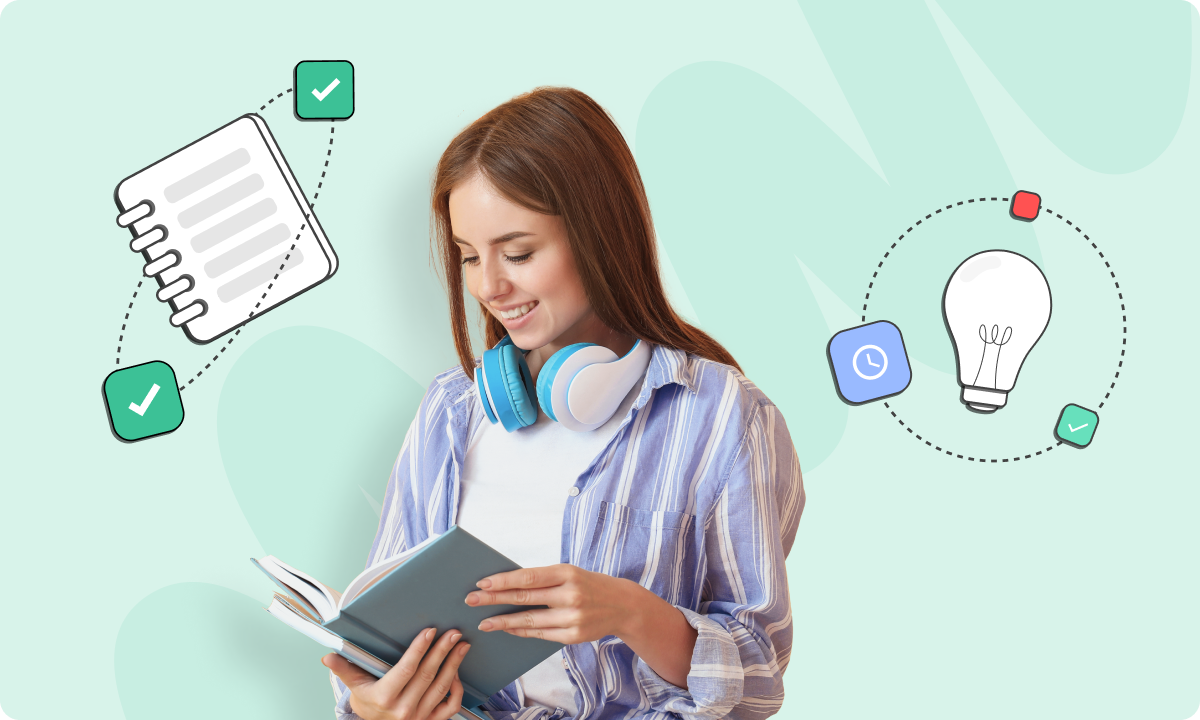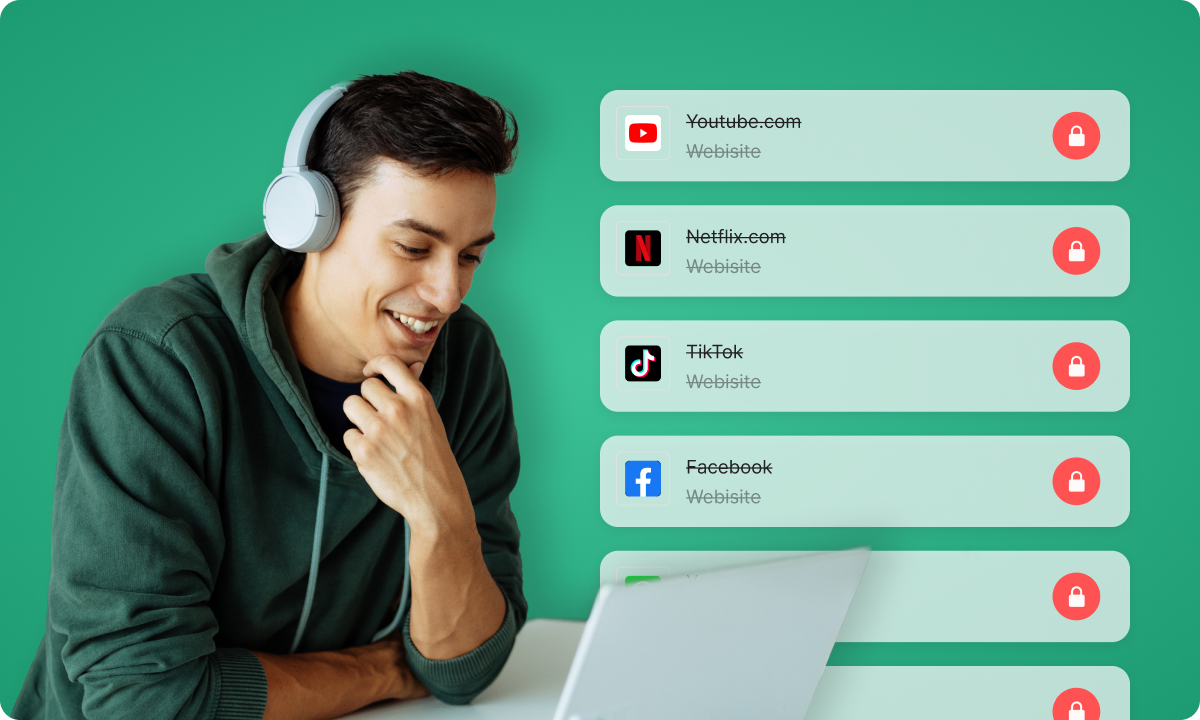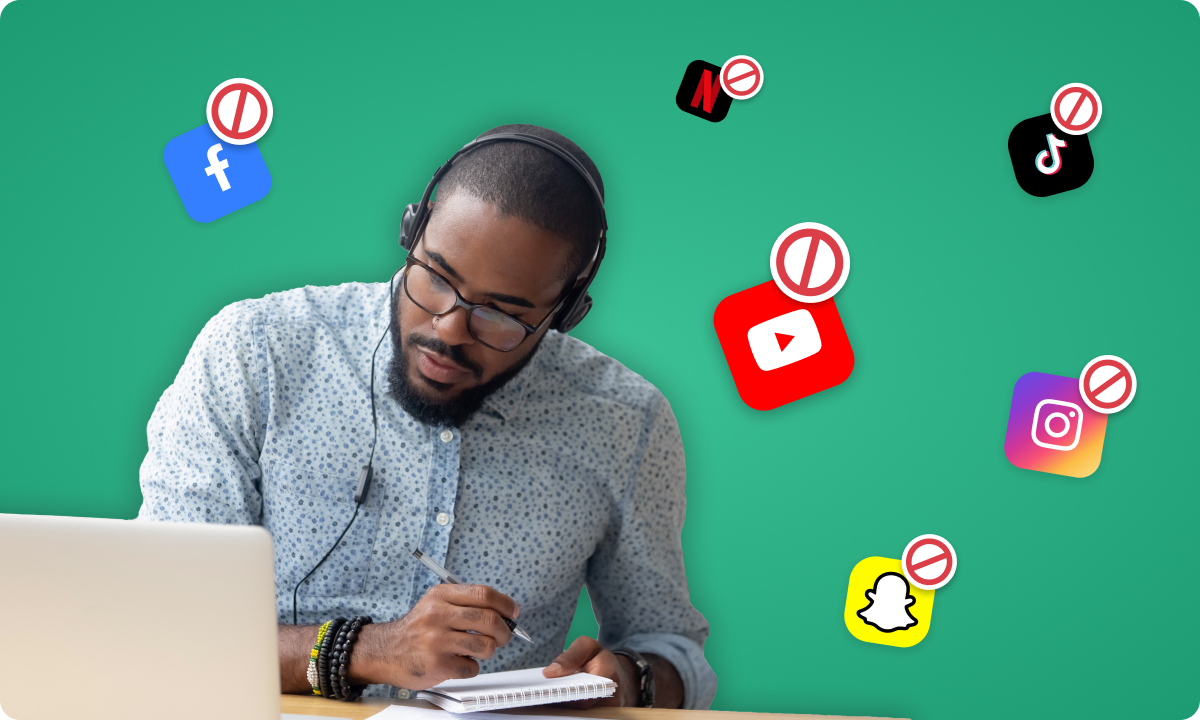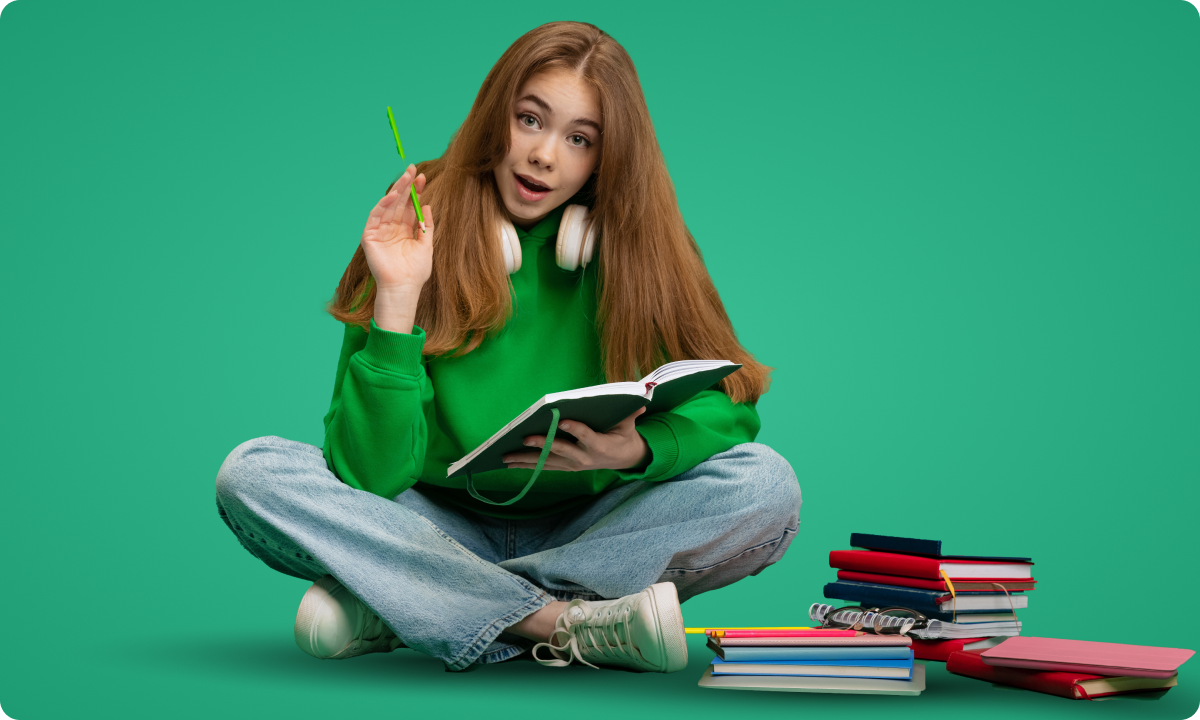What if you could enter a classroom filled with activity, not just in attendance but actively engaged in learning? This is where students from all walks of life gather to assist one another through their academic lives. This empowering, positive environment is not only possible, it is a key to learning. Building this sort of environment is not the teaching professional’s dream; it’s a science-backed approach to success. With the right tactics and materials, you can provide the opportunity for students to flourish.
So how do teachers translate this vision into reality, and start creating a productive classroom environment? It starts with identifying what the most essential components of a happy learning environment are, and the many diverse advantages they provide for teachers and students.
What is a productive learning environment?
A productive learning environment is one in which students can pay attention to what they’re learning, without being distracted by anything else. Such a place depends on good time management, clarity of purpose, and a sense of order in unison. The structure may be different, but the key principles are similar: to inspire students, to reduce frustration, and to make learning fun. These spaces are a force for respect and cooperation, inspiring the kids to do well in school and cultivating a love of learning beyond the classroom.
A well-functioning classroom thrives on excitement and problem-solving skills, and this leads to powerful exchanges over dull conditions. That can be done with adaptive classroom spaces for both groups and independent studies. Providing mental safety and socialization allows students to actively question, communicate, and step out of the textbook. Given the right physical environment, tools, and focus on emotional intelligence, it is possible to establish this productive learning environment.
Benefits of keeping a productive classroom
Designing and maintaining a well-organized classroom comes with many rewards for the student, the teacher, and the whole school system. Ultimately, an efficient classroom leads to exceptional academic results and flourishing in every domain:
Academic excellence
Student outcomes tend to be better in well-functioning environments. Their lower disturbance level means they have time to focus and absorb new concepts. This leads to not just higher grades but better content comprehension.
Better classroom administration
Having an organized environment encourages students to be respectful and accountable, reduces problems, and allows lessons to run smoothly. This leaves room for educators to concentrate on content rather than imposing discipline or punishment.
Stronger connections and improved relationships
These classrooms create confidence and collaboration between teachers and students, and they create interaction. This makes communication easier but also makes students feel like they are being taken care of and teachers pay attention to the needs of each individual.
Social and emotional development
Respectful and positive spaces promote students’ social competence and emotional intelligence, the most important aspects of life outside of school. They acquire skills for working with varied teams, effective communication, and adaptability.
Higher levels of creativity and critical thinking
Spaces that allow for both instruction and creativity motivate learners to analyze and come up with solutions. This allows the students to think differently when solving a challenge which is very useful for application in the real world.
Greater independence and self-control
A classroom that’s organized well also encourages children to become accountable for their own learning and behavior. As they learn to follow their expectations and routines, they learn to maintain their own discipline and organization, which is a prerequisite to learning for themselves and for achieving academic success.
Better long-term curricular and life skills
High-functioning classrooms do not just prepare students for short-term academic aspirations, but teach them real-world traits like persistence, flexibility, and cooperation. These are the skills that they need to be successful outside of school and deal with life after school when it comes to tackling their next levels of education, work, and life.
5 ways to create a productive learning environment
For teachers to create a positive learning environment can use practices that set the appropriate tone and rules. It takes concentrated effort to build a successful classroom. Here are 5 tips to make classrooms more productive:
1. Support respectful language
Talk with respect and positivity. Change “Stop talking,” for example, to “Let’s focus now on our goal”. This little change helps students to cooperate and learn to have respectful conversations throughout their day — allowing everyone to feel heard and understood, which also helps avoid classroom disputes.
2. Simple rules and procedures
Set limits and schedules to provide order and consistency. Having students participate in making these rules increases the sense of accountability and compliance. When students get involved in writing the rules of the environment, they’ll feel a responsibility towards its enforcers. This creates a less chaotic classroom where everyone understands what’s expected, and sticks to it.
3. Stimulate cooperative learning
Make room for desk layouts that allow for cooperation and problem-solving. These sorts of arrangements provide deepening understanding and commonality in the classroom. It’s a huge impact on student relations and learning, promoting open communication, peer support and ownership of learning experiences.
4. Make technology useful!
Educational tools are used to help eliminate distractions and use technology to support rather than impede learning. When these tools are used well, they help tremendously with concentration and performance. Effective alignment focuses on using technology strategically, so students are actively using digital tools for information and digital literacy learning.
5. Organized learning stations
Create class zones for specialized learning such as reading or science projects. This diversity keeps student interest and enthusiasm going and promotes a more dynamic learning environment. Well-designed learning stations allow children to participate in a variety of subjects and promote independence while meeting a range of learning needs and tastes.
Tools to help create a productive learning environment
There are a number of resources that can make a big difference in building and sustaining a great classroom by helping teachers to minimize distractions and to reinforce student engagement:
BlockSite
It is a simple but useful application to block distracting sites during study time for students to stay on track. This is a browser extension and an app that supports Focus Mode. In this mode, you can work faster and more effectively because you can program in your work time and break times. Simply add websites to your block list so you don’t get distracted during a focus session.
With its simplicity, it creates an orderly and distraction-free classroom by keeping students out of other non-learning websites to keep them focused and not distracted by digital twaddle.
Google Classroom
This platform from Google makes communicating and handling tasks easier and it offers a more disciplined learning environment. It keeps students current and organized, which is very important for productivity. It also simplifies grading and feedback so that educators can keep their workloads to a minimum and allow students to be accountable and on track.
Kahoot!
It is a learning platform that incorporates quizzes and games to keep children active during lessons so that they can better learn information. With competitiveness and live feedback Kahoot! improves the learning experience through fun and engagement. This makes it more engaging and helps students understand the content through involvement.
Seesaw
A digital portfolio where kids share how they’re doing — getting them involved and linking learning at home. It encourages students to think through their work and contribute to the learning process and gives parents information on how their child is growing and performing, which supports home-school partnerships.
Bring spark to your class with BlockSite
Creating a student-driven learning environment in a classroom requires commitment, strategies, and resources. Having these practices in place helps teachers see a dramatic difference in the achievement of their students.
BlockSite is the key to reducing distractions and promoting a learning-focused atmosphere. Use these tactics and resources to help your students excel and develop their learning skills.
FAQs
What role do teachers play in maintaining classroom productivity?
As the managers of a controlled learning environment, educators are leaders. They set the tone and pace of instruction, lay out rules, and facilitate student interactions and development. As mentors and role models, teachers foster a class culture of participation, respect, and intellectual curiosity.
How does classroom design affect learning?
The design of the classroom has a huge impact on communication and learning, whether it’s to encourage collaboration, concentrated research, or lively conversations. Arrangements that accommodate learners with varied needs give both freedom of body and mental space and increase the classroom’s efficiency.
How can technology improve classroom teaching?
Technology taken carefully is also a powerful tool that personalizes learning in the classroom. Online services and tools offer new ways to show, practice, and test content to accommodate different styles of learning. Classrooms can be better connected through technology by making access to resources easier, as well as by providing ways to interact outside of the classroom.
How can students’ emotional well-being be supported?
Advocating emotional well-being is about cultivating habits that lead to mindfulness, positive engagement, and reduced stress. Allowing open communication and regular positive feedback nurtures psychological resilience. This helps to promote long-term focus and efficiency.
How can teachers promote consistency in learning expectations?
Making consistent classroom rules is about making these rules with students, and making it a collective ownership and respect process. When expectations are clear, students can focus on the material, without being lost in procedures, and this will allow them to follow a well-constructed learning strategy.





